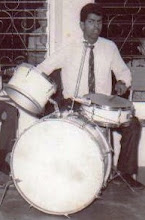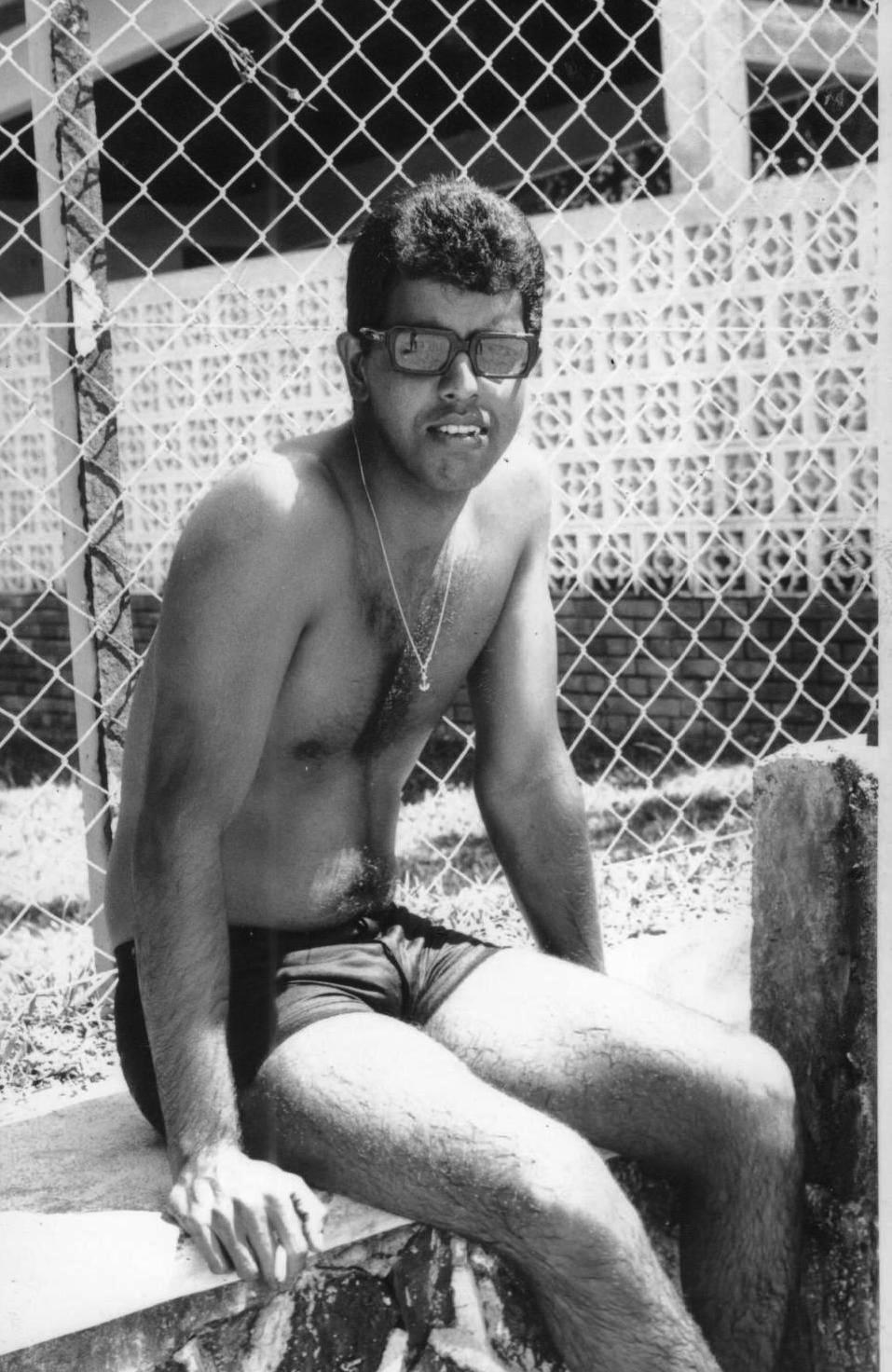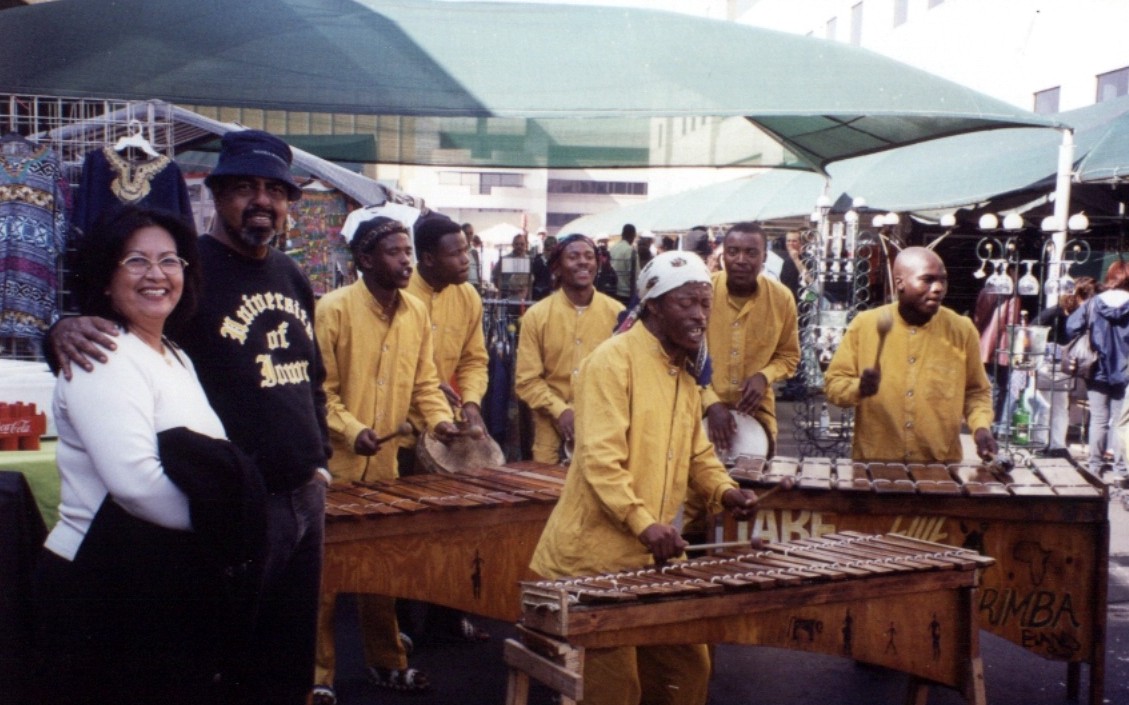


Interesting Notes on the History of Laterines & Toilets – from the net
• King Minos of Crete had the first flushing water closet recorded in history and that was over 2800 years ago.
• A toilet was discovered in the tomb of a Chinese king of the Western Han Dynasty that dates back to 206 BC to 24 AD.
• The ancient Romans had a system of sewers. They built simple outhouses or latrines directly over the running waters of the sewers that poured into the Tiber River
• Chamber pots were used during the middle ages. A chamber pot is a special metal or ceramic bowl that you used and then tossed the contents out (often out the window).
• In 1596, a flush toilet was invented and built for Queen Elizabeth I by her Godson, Sir John Harrington.
• The first patent for the flushing toilet was issued to Alexander Cummings in 1775.
• During the 1800s, people realized that poor sanitary conditions caused diseases. Having toilets and sewer systems that could control human waste became a priority to lawmakers, medical experts, inventors, and the general public.
• In 1829, the Tremont Hotel of Boston became the first hotel to have indoor plumbing, and had eight water closets built by Isaiah Rogers. Until 1840, indoor plumbing could be found only in the homes of the rich and the better hotels.
• Beginning in 1910, toilet designs started changing away from the elevated water tank into the modern toilet with a close tank and bowl.
Toilet Paper
The first packaged toilet paper was the 1857 invention of American, Joseph Gayetty and called Gayetty's Medicated Paper. In 1880, the British Perforated Paper Company created a paper product to be used for wiping after using the toilet that came in boxes of small pre-cut squares. In 1879, the Scott Paper Company began selling the first toilet paper on a roll, however, toilet paper in roll form did not become common until 1907. In 1942, St. Andrew's Paper Mill in Great Britain introduced the first two-ply toilet paper.
Toilet Brushes.
In the 1930's, the Addis Brush Company created the first artificial Christmas brush trees, using the same machinery which made their toilet brushes! In general, the type of material used to make a brush and its design was dictated by the intended use. The hair of animals such as horses, oxen, squirrels and badgers was used in household and toilet-brushes. Various types of plant fibers have been used, such as the piassava obtained from a Brazilian palm and palmyra bassine derived from the palmyra palm of Africa and Sri Lanka. Brush bristles were joined to handles and backs of wood, plastic or metal. Many household and toilet-brushes were produced by inserting tufts of fibers into holes drilled in brush backs.
Thomas Crapper: Inventor of the modern flush system toilet ( Remember it when you say " It's Crap!.
It has done more for public health than all the doctors since Hippocrates.
Crapper has been robbed of his good name. He has become the butt of jokes. His achievement has been lost in the lore of Latrinalia. The end result is that Thomas Crapper, the man who did more than any other to clear the air of the Western world, is in danger of being forgotten. His place in posterity hangs by the barest of threads.
History is in arrears on this matter of Thomas Crapper. It is time to get to the bottom of this great historic slight and make Thomas Crapper a household name as he deserves. Consider, first, the magnitude of his achievement. The flush toilet, or water closet, as it is called in Crapper’s homeland, changed the course of history by allowing society to live with itself. It is more than valves and arms and floats that hiss and gurgle; the flush toilet is the very symbol of modern civilization. Life without the water closet is, for most of us, a horror beyond imagination, so unspeakable and unacceptable that we cannot conjure up the prospect









































No comments:
Post a Comment